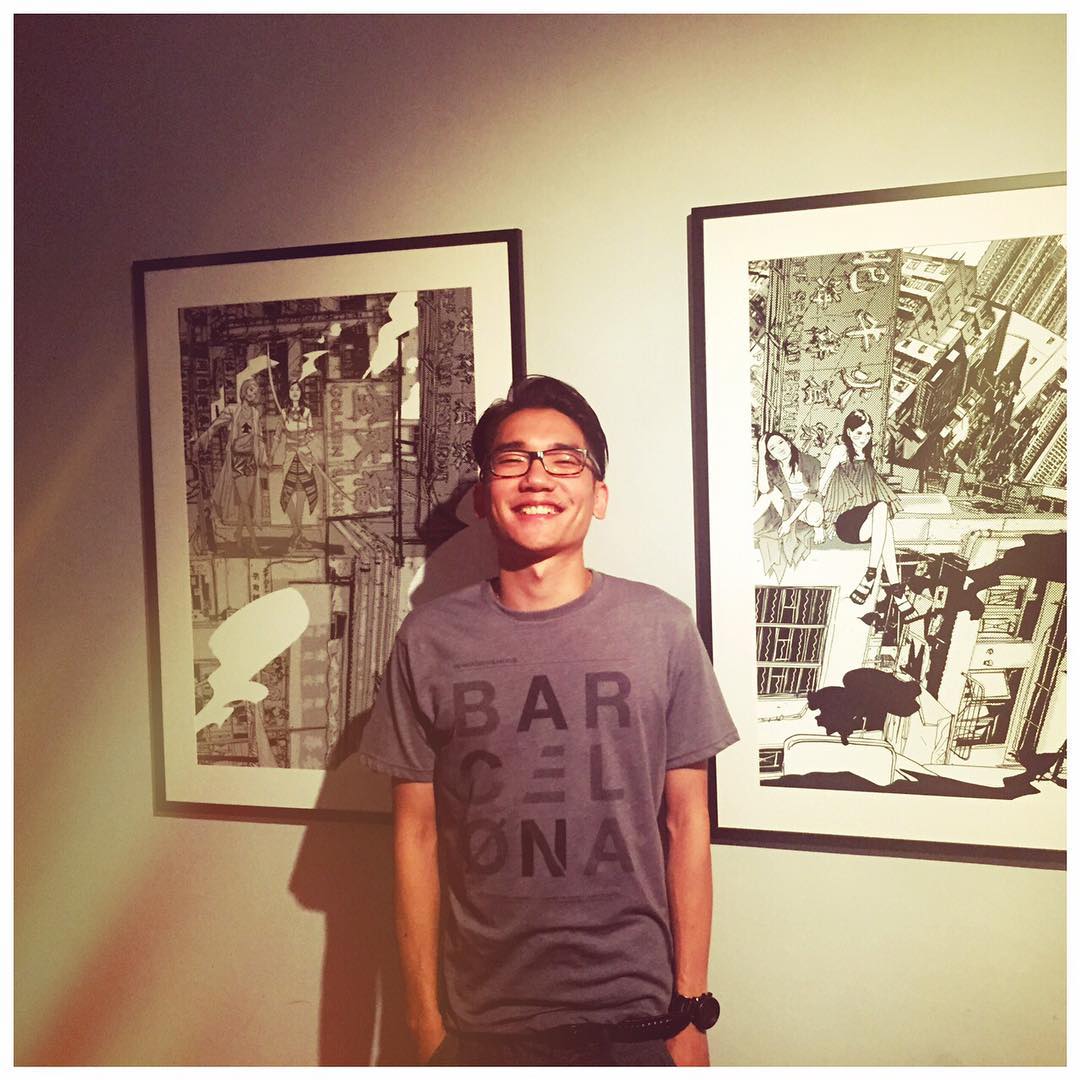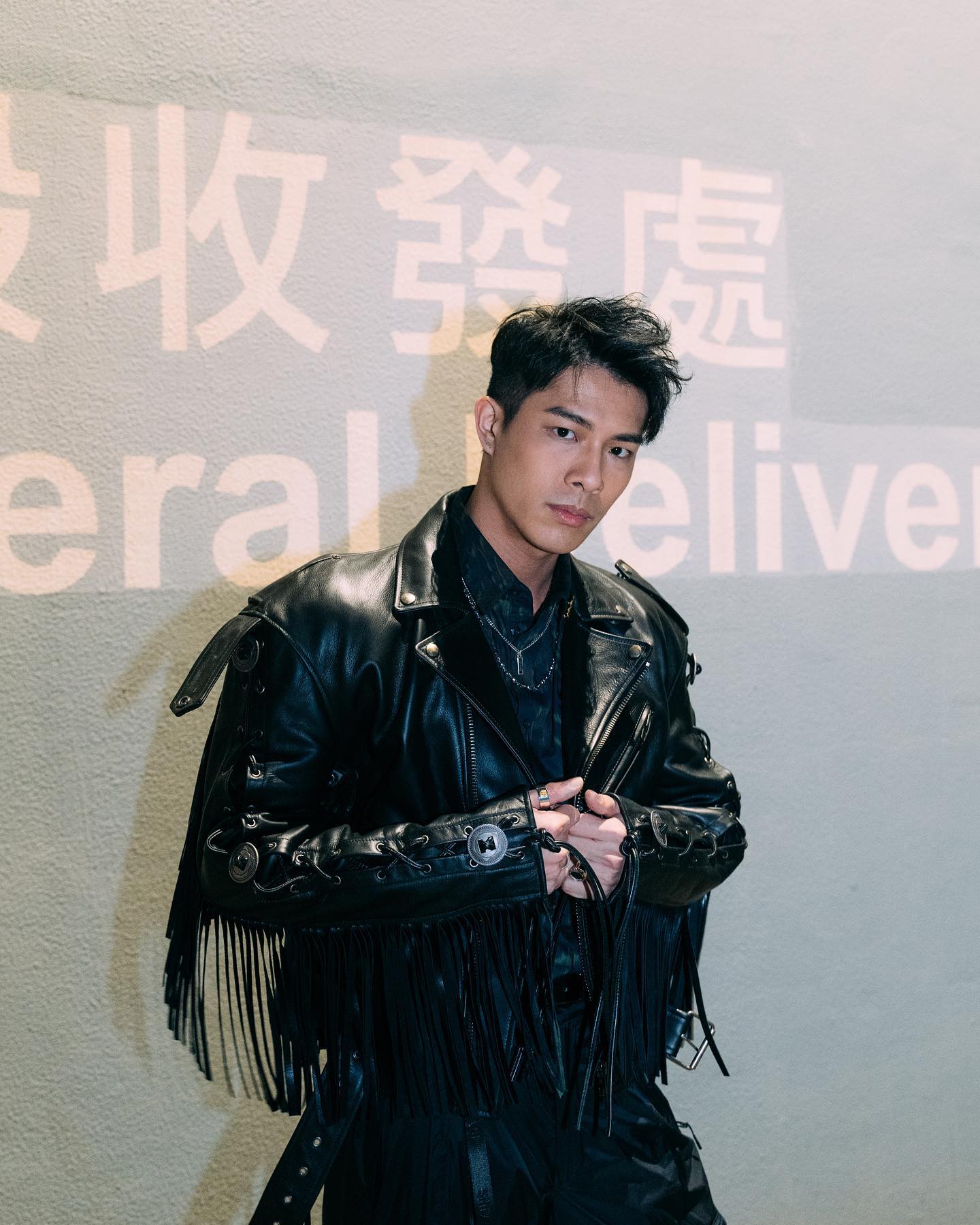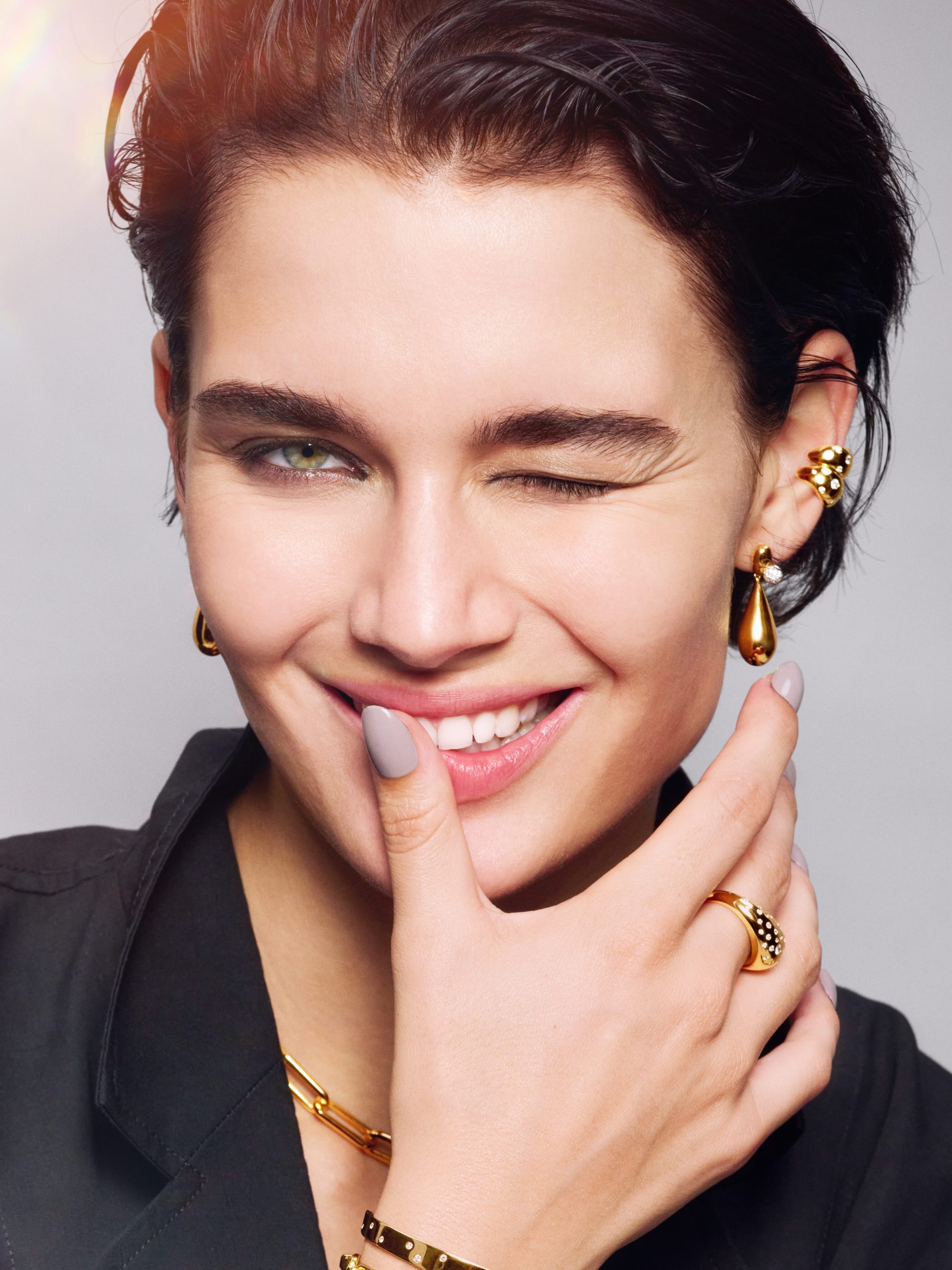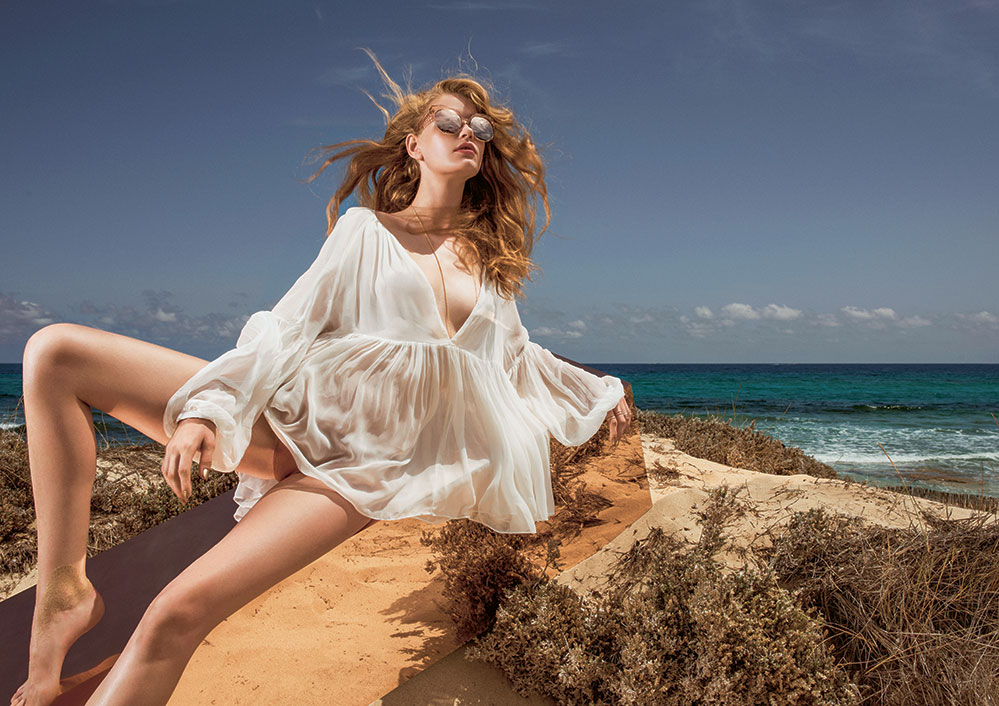
After collaborations with Alexander Wang, Raf Simons and Dries Van Noten, and a just-opened stand- alone Hong Kong store, Linda Farrow eyewear is scaling new heights with the help of brand revivalists Simon Jablon and Tracy Sedino.
It isn’t often that you unearth a treasure trove of designer sunglasses while clearing a warehouse – less often that such a discovery kindles romance. But that’s what happened to Londoners Simon Jablon and Tracy Sedino when Jablon invited Sedino to help clear a property owned by his family in North London, which was scheduled for redevelopment. The year was 2003 and they had only just begun dating.
“It was really cold and we went in the evening to the warehouse. Looking back, I’m thinking, wow, this wasn’t very romantic,” says Sedino. “But then we found all these amazing glasses in rows of boxes. First off, we recognised Emilio Pucci glasses and it turned out they were in mint condition. I said to Simon, ‘What are you going to do with these? You can’t throw these away.’ ”
Jablon says he was overwhelmed. “I was so stunned, my eyes were like saucers. I felt like Augustus Gloop in Charlie and the Chocolate Factory,” he says. “Here was this big candy store, and it was just a fantastic moment. I guess you could say that discovery led to a whole change in eyewear.”
It is said that the Roman emperor Nero watched gladiators fight through polished emerald-green jewels, but sunglasses proper seem to have been invented in 12th-century China, when judges wore crude slabs of smoked quartz to affect an air of emotional detachment. By the 1920s, Hollywood stars were seeking relief from the glare of studio lights in their early Foster Grants. Soon after, sunglasses were no longer the preserve of the privileged few, and today tinted glasses are often considered to be as essential for your appearance as they are for the protection of your eyes.
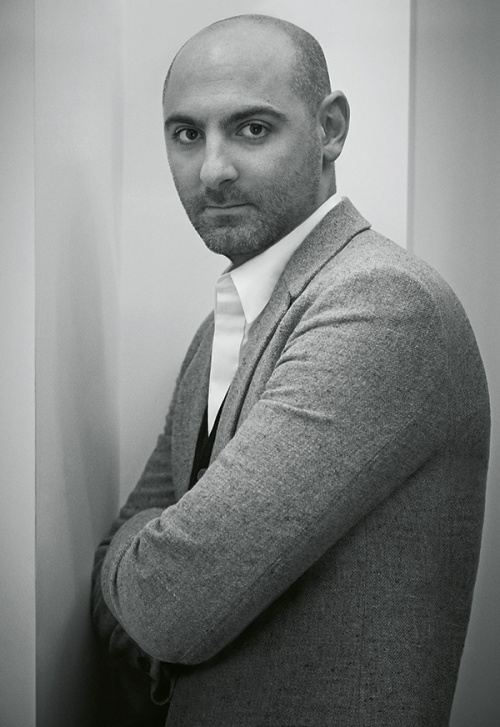
Jablon’s mother, Linda Farrow, who had some success as a fashion designer, started her own luxury eyewear business in the 1970s, building a reputation for cutting- edge innovation, but gave up the business to concentrate on her family in the mid 80s.
“If you closed down the Ray-Ban factory, their best-sellers would be the ones they have most of left in storage,” says Jablon. “My mother had just decided to call it a day, my father’s business was very busy, and the stock just kind of sat there. I think they felt they didn’t want to destroy the brand, either, and they must have thought, one day we’ll deal with it. But it kept getting pushed back to the bottom of the pile so it became a kind of a time capsule.”
Jablon has no doubt who his legend is. “My mother was a pioneer,” he says. “The world was a very different place back then. The eyewear industry was very male-dominated. It was effectively an optical product. It was a need, not a want. So my mother created a new genre of products, which was fashion. The idea became: I want this because it is beautiful; I want this because I love it.”
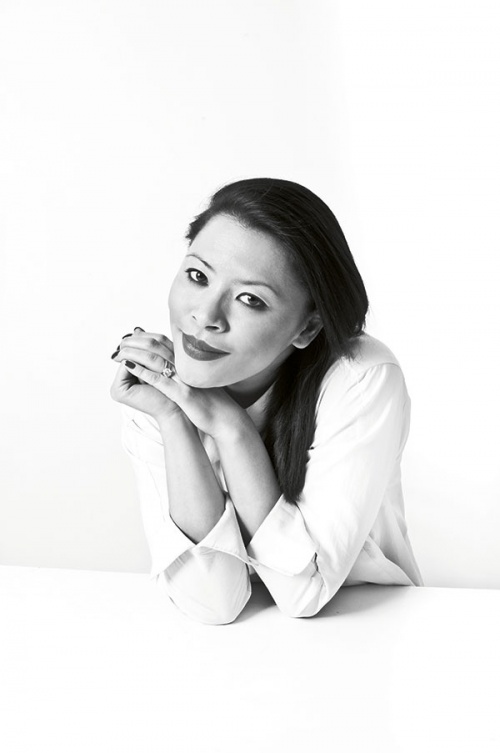
Once the time capsule had been discovered, Jablon and Sedino both had the idea of re-launching the brand. “We initially thought of opening a shop,” says Sedino, “but I was already working in public relations and I felt I knew how it worked. At that time, in the early 2000s, there had been a big revival of vintage, so we decided to relaunch it as Linda Farrow Vintage.”
As so often in life, timing was key. “This was 2003. Vintage was the hottest thing,” says Jablon. “So we collected a few styles and we put a small sample range together. Then we literally just contacted Harvey Nichols and said ‘Hi, we’ve got some vintage sunglasses.’ And that was it. When you are on the outside of the fashion world, you think of it as having such glamour, and it seems untouchable, but I honestly think they just loved our naivety and our passion.”
During that first, all-important appointment at Harvey Nichols, the merchandising team were excited enough to call down the senior buyer, who by strange coincidence had been the junior buyer that purchased from Jablon’s father three decades earlier. “I look a bit like my father and she looked at me and said: ‘This is bizarre. It’s like déjà vu or something.’ That is the moment we got to launch the brand properly.”
Jablon seems to have inherited his family’s entrepreneurial élan. At the age of 14, when he was a budding table tennis champion training with the Chinese national squad in Beijing, he started his own mail order company, which imported sports equipment from China. Later, he studied at the London School of Economics. Then came the new venture.
“When we launched in 2003, the collections were extremely generic and boring. There was no-one challenging the market. We changed the market but, in fact, it was only by following the same DNA my mother had put in place. The design, the creativity, the luxuriousness, all those elements came into it – exactly the very kind of engineering that men from the purely optical side could never quite understand. Looking back, she was pioneering a whole new product and we’ve been lucky enough to carry on that DNA.”
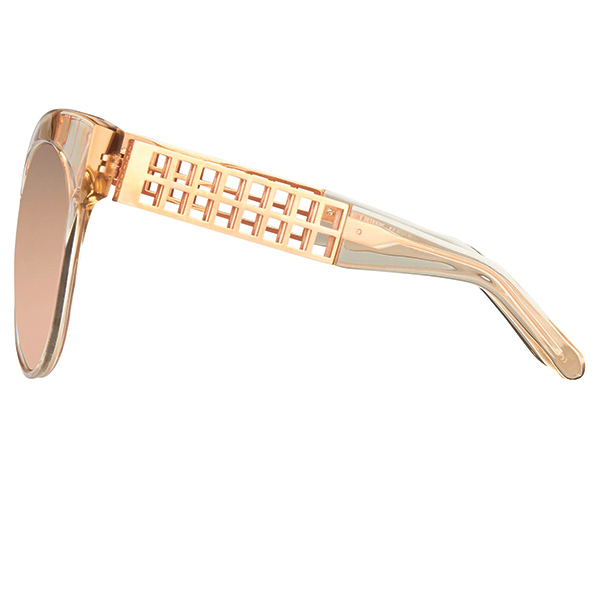
When the supply of vintage glasses ran low, Jablon and Sedino relaunched the business as Linda Farrow, creating original eyewear for the modern consumer. In her short career in public relations, Sedino had made contacts in the fashion industry and she used them to start a series of intriguing collaborations. Jeremy Scott, Erdem, Yazbukey, Oscar de la Renta and Matthew Williamson are among the designers that Linda Farrow has worked with. “I had a relationship with Alex Wang, The Row, Dries van Noten, who I’d already known from within the industry,” she says. “We thought up the collaboration together, but when it came to the actual collaborators, that was definitely a strength I could bring.”
Linda Farrow has moved with the times. It has an online boutique and eight of its own shops. This season’s 1970s-influenced designs are bang on trend. They are accompanied by the company’s signature classics and the outcomes of collaborations that have made the brand distinctive. Sunglasses resulting from collaborations start around the £150 mark. On the other hand, a recent Lane Crawford exclusive retailed at HK$245,000.
Jablon argues that such prices are justified. “We always use very high-quality lenses,” he says. “And for a luxury product, everything should be really perfect. If you try and do silver or gold coloured lenses, it is never the same colour. If you have a frame that’s 24k gold- plated and then a lens that’s not, it isn’t going to match. So we use gold-plated lenses.”
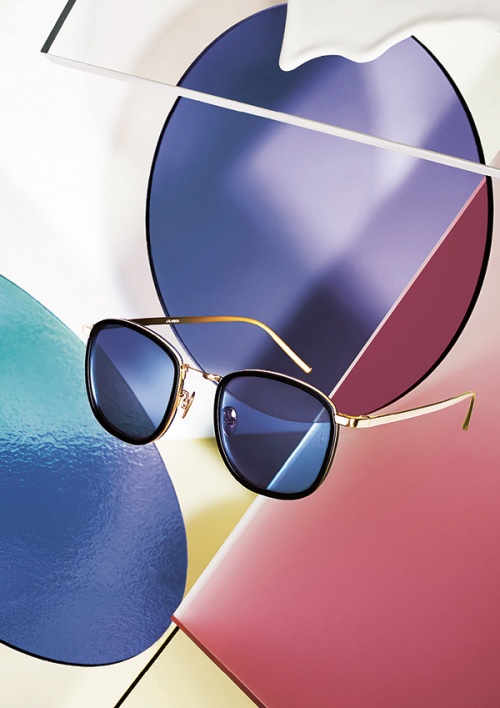
And he is sanguine about the position of his company in the marketplace. “No-one needs a luxury watch. No-one needs a luxury pair of glasses. No-one needs a Bentley,” he says. “But why do we want them? Because they’re beautiful, exclusive, the best of the best. And behind it, that’s because we’re doing it with love. It comes from the top, and it comes all the way down to the product.”
Alas, as with many modern-day fairy tales, especially in the business world, the ending is not happiness ever after. Jablon and Sedino split as a couple two years ago. Even so, Jablon is still creative director of Linda Farrow and Sedino is the art director. They still work as a team. “Simon and I have a very different approach but we know each other so well and the trust is there,” says Sedino. “I am a very visual person, where is he is very hands-on. We both have great vision and that’s why, together, we are still such a great team.”
Says Jablon: “It’s best to be the best at one thing, rather than average at everything. I think, if we can be the best at eyewear, it gives us a little bit of freedom to open up our expression and creativity. The most important thing is we are enjoying making the collection and we’re really happy with it because the number one thing in the culture of the business is positive energy. I think, if you have a good positive energy and everyone is happy, that you can achieve anything.”


